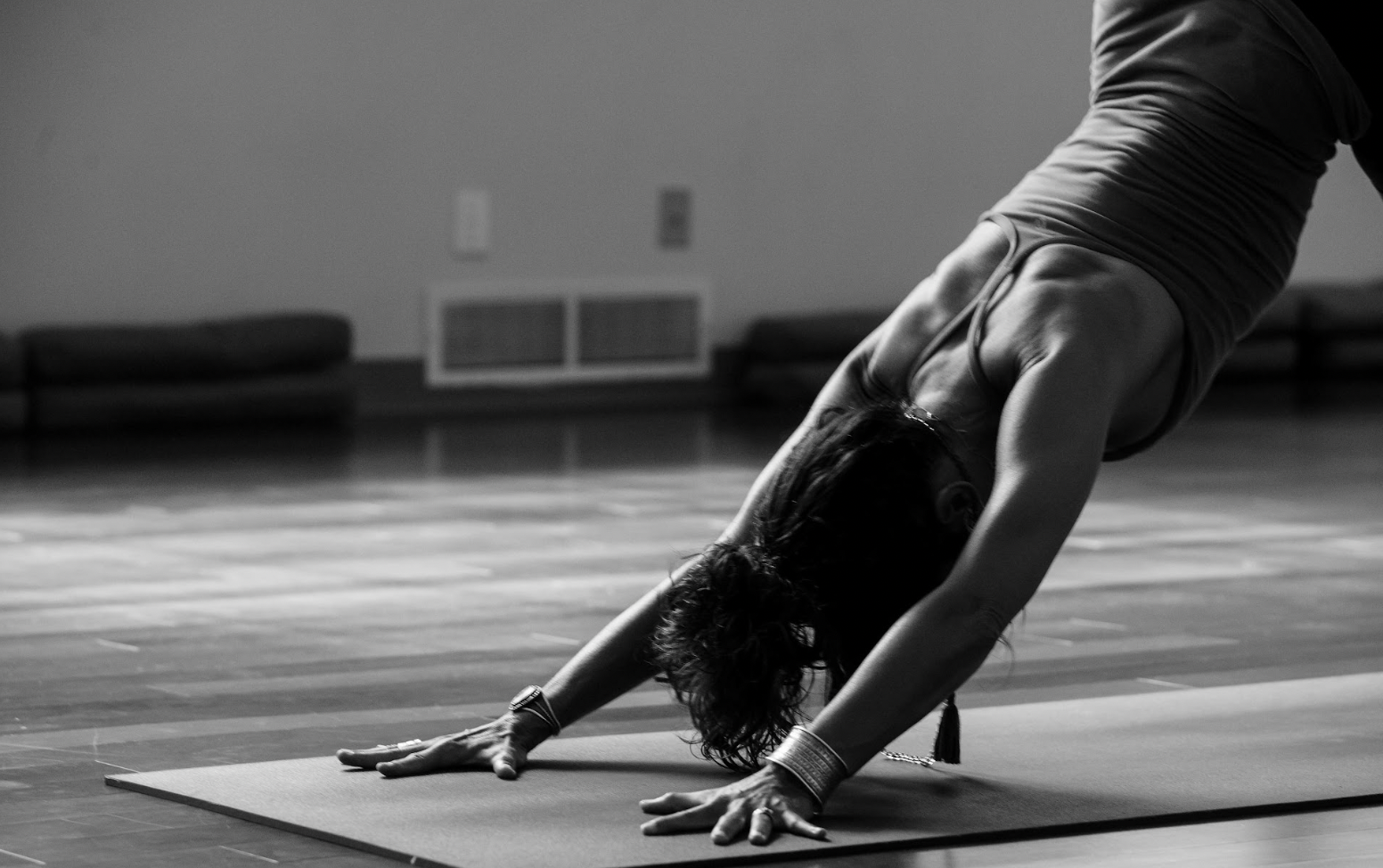An Introduction to Yoga with Ms. Stone-Collonge
PC: Unsplash
A practice that is thousands of years old continues to find its relevance today as people all over the world relish in its physical, mental, and spiritual benefits. Yoga, which literally translates to “unite” from Sanskrit, is meant to serve the exact purpose implied by its name—a unification of the mind, body, and spirit. At Notre Dame, students do not have to look very far if they are interested in beginning or furthering their own yoga practice. As part of their physical education requirement, sophomores, juniors, and seniors are able to take Introduction to Yoga with Ms. Caitlin Stone-Collonge ‘16.
When asked about what drew her to practice yoga, Stone-Collonge explains that her first introduction to the practice took place when she was very young and attended a child-parent-style yoga class. Here, she experienced the joy of getting to move around after school and explore her own physical form. As a Notre Dame alum, she went to take yoga in high school before really deciding to commit to her practice during her senior year of college. She describes this as being a time where she was exploring her own mental health, and feeling as though yoga was a space where she is able to move her body in a way that felt safe. Stone-Collonge continued to practice yoga during the COVID-19 pandemic by watching YouTube videos at home, before deciding to complete her 200-hour certification as a yoga teacher. “When I did yoga, the feeling that I could watch my mindset shift, that I could watch the trajectory of my mental health… The shift changed my life. It was something that just made sense for me,” she says when explaining what led her to commit to yoga. “It was something that I was like, ‘I can’t live without this.’”
The feeling Stone-Collonge describes can be understood through learning about the benefits of yoga. To no one’s surprise, she has found that she has become more physically open, balanced, and flexible, and has even discovered that it takes her less time to recover from injuries since she started committing to yoga. One aspect of yoga that many people tend to overlook is the spiritual component, which she claims is the foundation of yoga. She explained her own fascination with learning about ancient yoga practices and learning from monks and sages.
Meditation is something that constitutes part of yoga, but Stone-Collonge reflects on the fact that meditation has not always been the easiest for her. She is upfront about the fact that it can be incredibly challenging to sit in silence, in part because it tends to force our repressed thoughts and feelings to come to the surface. She explains that this is why she keeps meditations short during her class, as she realizes that other students may have the same experience she did when first starting out. However, she insists that it is inextricably linked to yoga and that it does in fact enrich the practice.
For those just starting out on their practice or who aren’t sure if they want to practice yoga, Stone-Collonge shares: “My biggest advice would be to go into yoga as an idea. Yoga doesn’t have to be something, it doesn’t have to mean what it means to somebody else. My yoga practice will be very different than yours, and even if it’s just breathing and moving your hands, as simple as that sounds…that is yoga.” She elaborates on the nature of yoga as something multidimensional, stating, “Figuring out what your own breath feels like in your body, that’s yoga. It can be as accessible as just bodily awareness, but it can be a full physical practice. The second you tune into your emotional state…I consider that to even be yoga.”
Stone-Collonge expands on the importance of learning more about yoga as a means of strengthening your practice. She recommends seeking multiple perspectives from many yoga teachers and practitioners, especially those who are non-white since the tradition originates from Indian culture. Recognizing the historical roots of yoga is a crucial step in reducing the negative effects of cultural appropriation of yoga in Western society, as well as furthering one’s own practice. In her yoga class, Stone-Collonge wants her students to view her as not a teacher, but a vehicle to share this knowledge of yoga from. Ultimately, it is up to students to decide what to do with it.

